When at rest the Red Sword-grass is brilliantly camouflaged as a bit of wood. Indeed its scientific name Xylena vetusta means ‘old wood’. It is a widespread species in northern and western parts of the UK but is capable of long-distance flights so can turn up anywhere.
Red Sword-grass moths hibernate through the winter, starting to emerge in March. The moths visit early blossom such as sallow to drink nectar as well as feeding on the sap of birches.
Flight Season
There is one generation that flies from September to October and then again in March and April.
Size and Family
- Family – Noctuidae
- Large Sized
- Wingspan Range – 50-57mm
Conservation Status
- UK BAP: Not listed
- Local Resident
Caterpillar Food Plants
The caterpillars feed on a wide range of deciduous trees and shrubs and low plants.
Habitat
Can be found in damp woodland, mountain moorland and marshy places and even gardens.
Distribution
- Countries – England, Wales, Scotland and Ireland
- Widespread but scattered locally
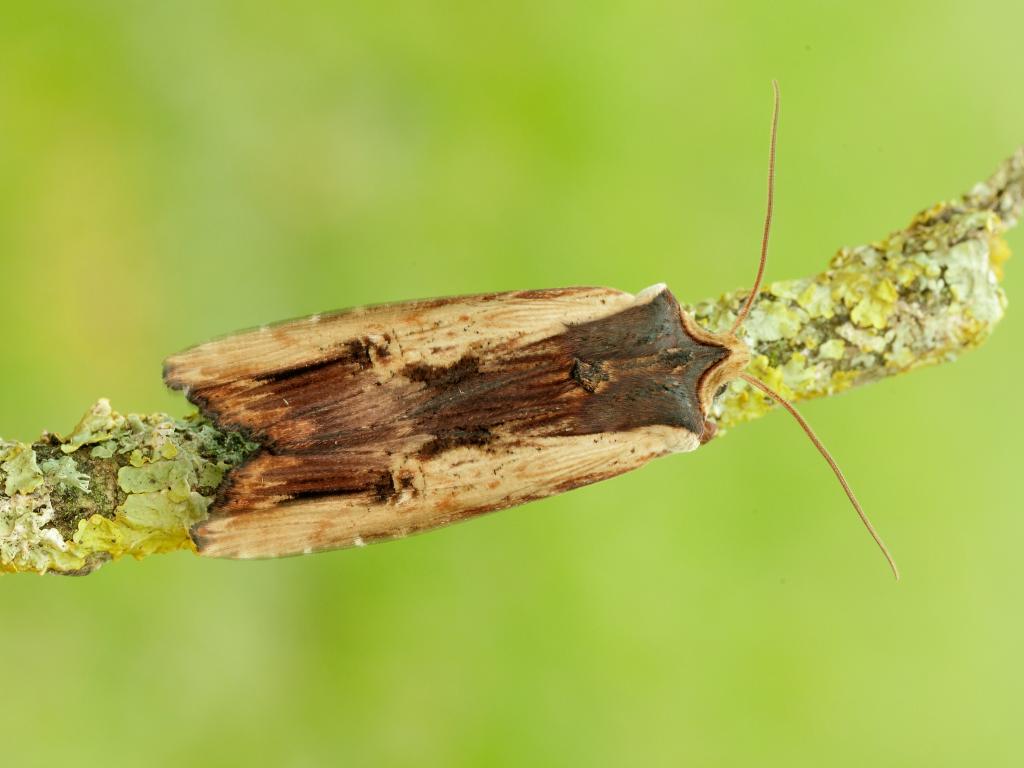
Red Sword-grass - Iain Leach
Red Sword-grass
Iain Leach
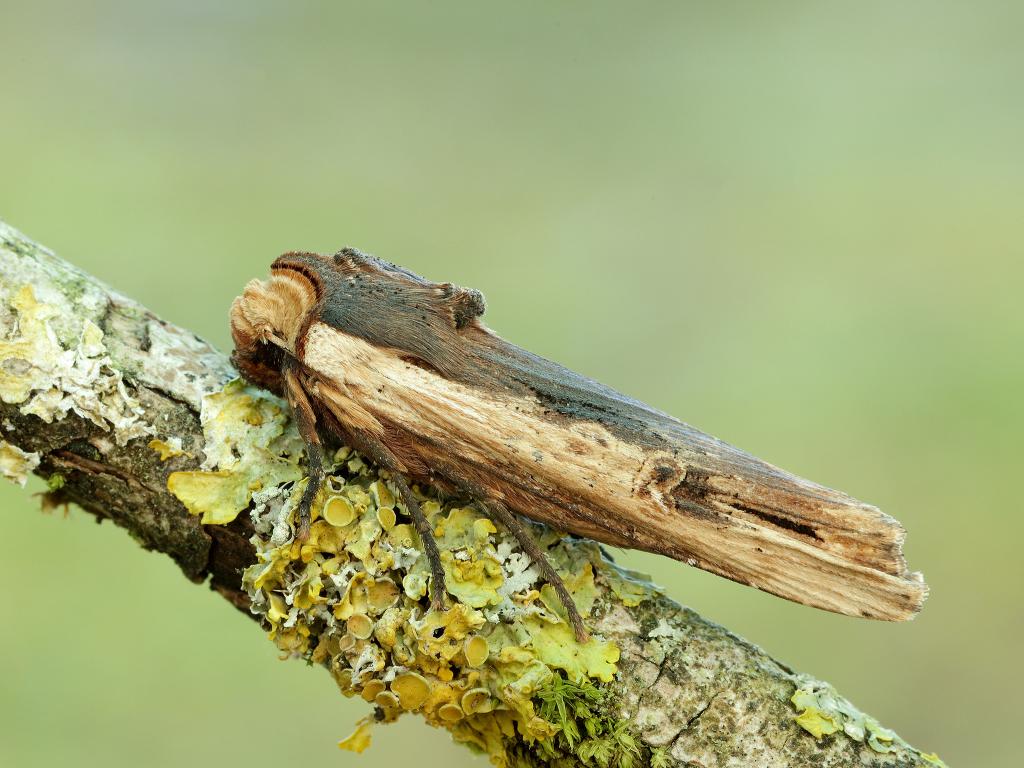
Red Sword-grass - Iain Leach
Red Sword-grass
Iain Leach
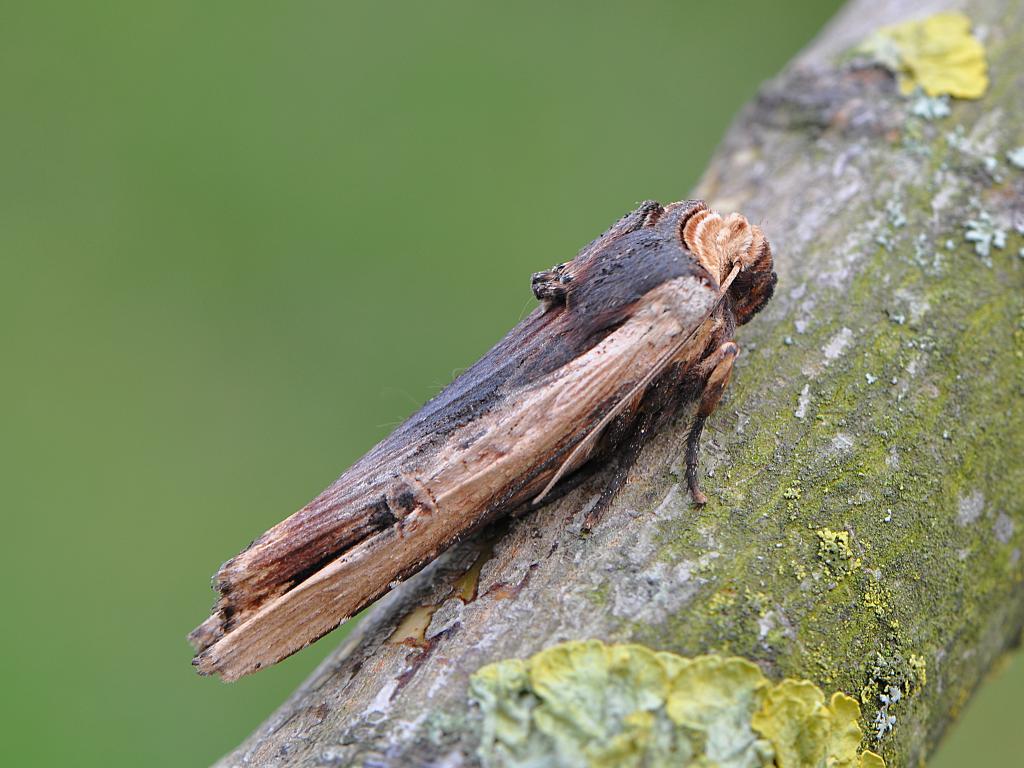
Red Sword-grass - Damian Money
Red Sword-grass
Damian Money
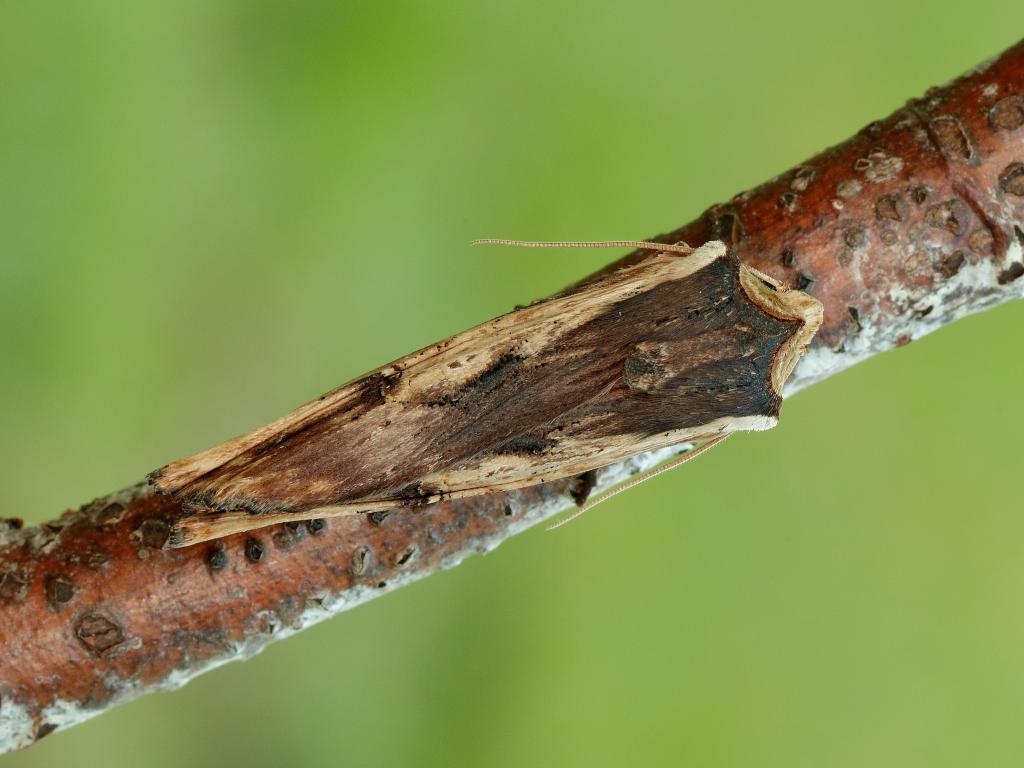
Red Sword-grass - Iain Leach
Red Sword-grass
Iain Leach
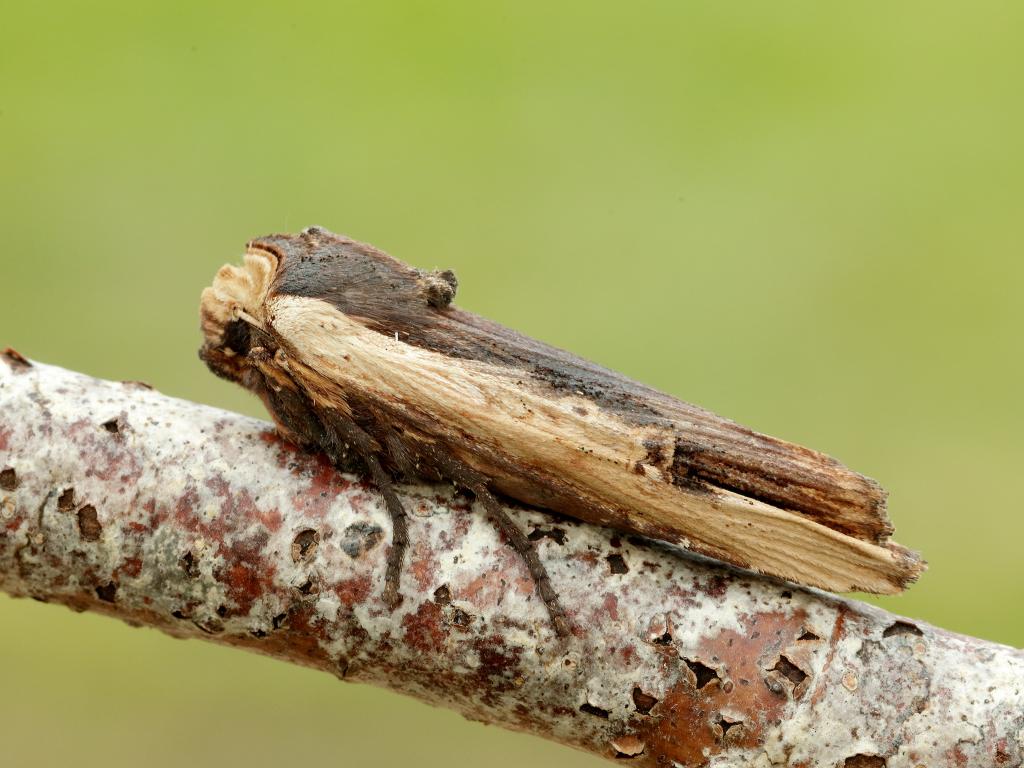
Red Sword-grass - Iain Leach
Red Sword-grass
Iain Leach
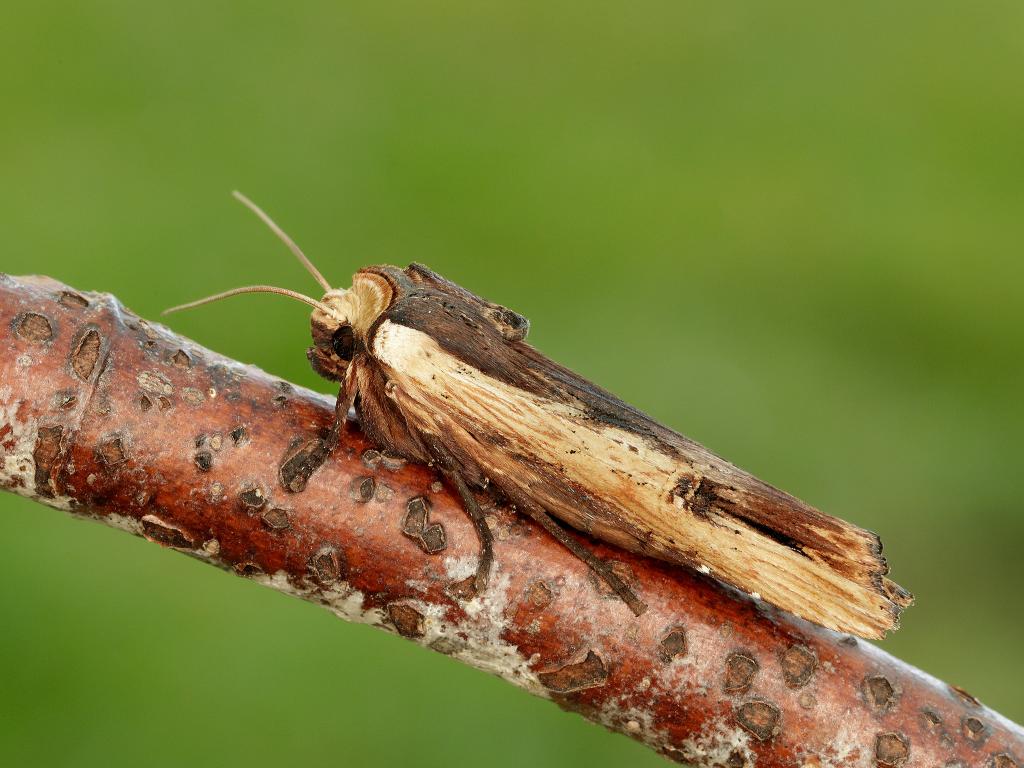
Red Sword-grass - Iain Leach
Red Sword-grass
Iain Leach
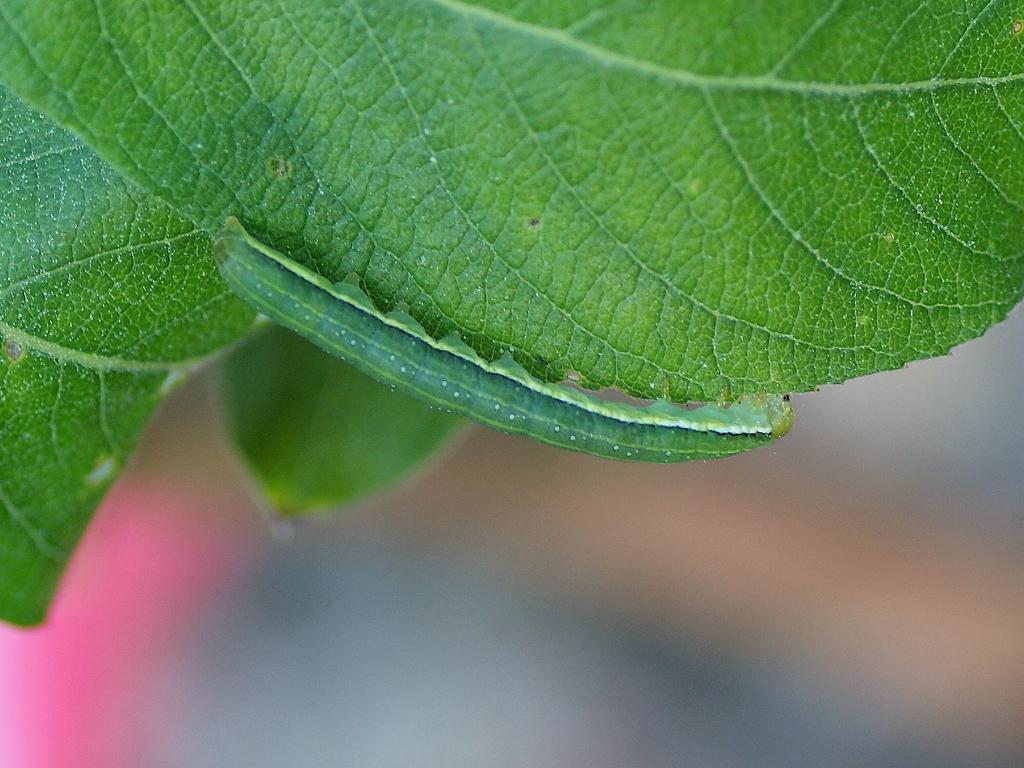
Red Sword-grass (caterpillar) - Ilia Ustyantsev
Red Sword-grass (caterpillar)
Ilia Ustyantsev
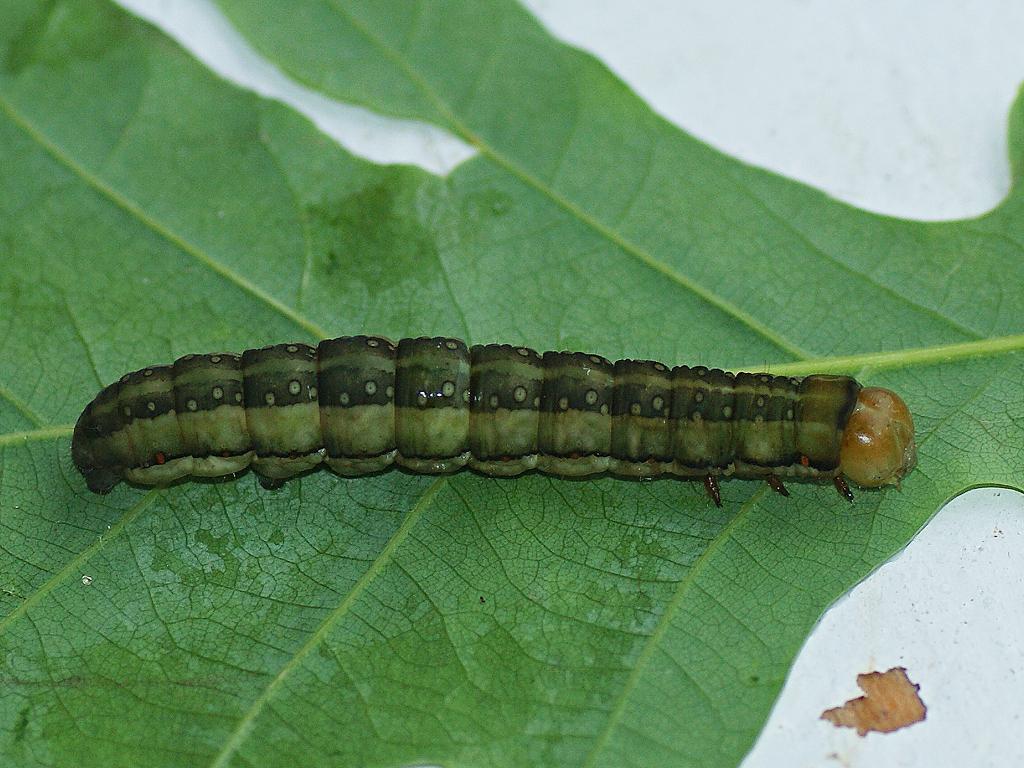
Red Sword-grass (caterpillar) - Ilia Ustyantsev
Red Sword-grass (caterpillar)
Ilia Ustyantsev

